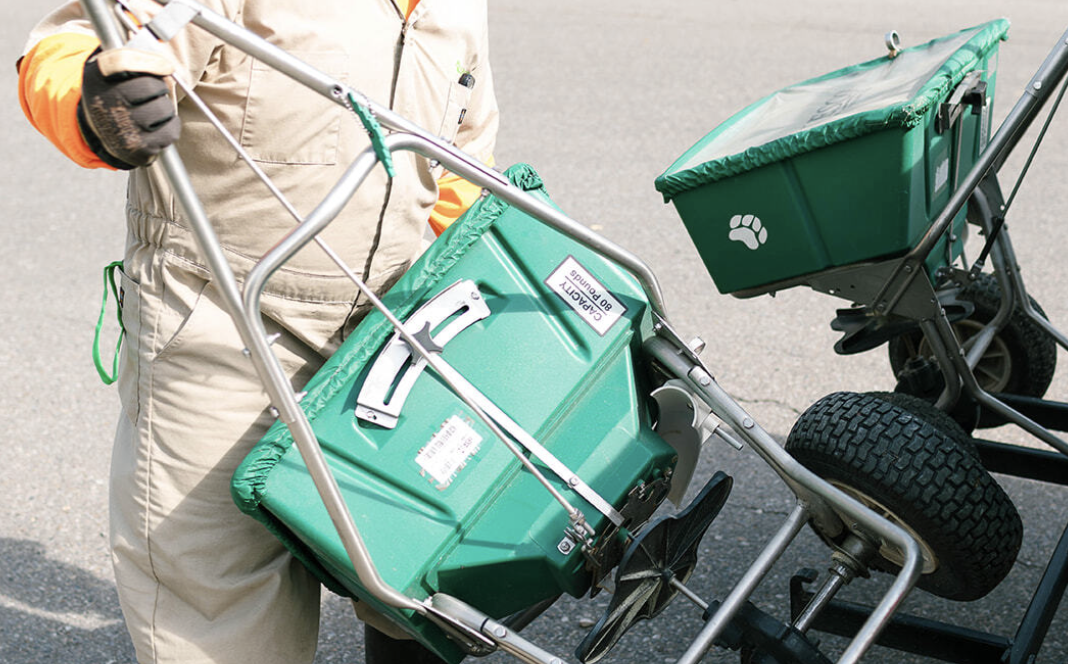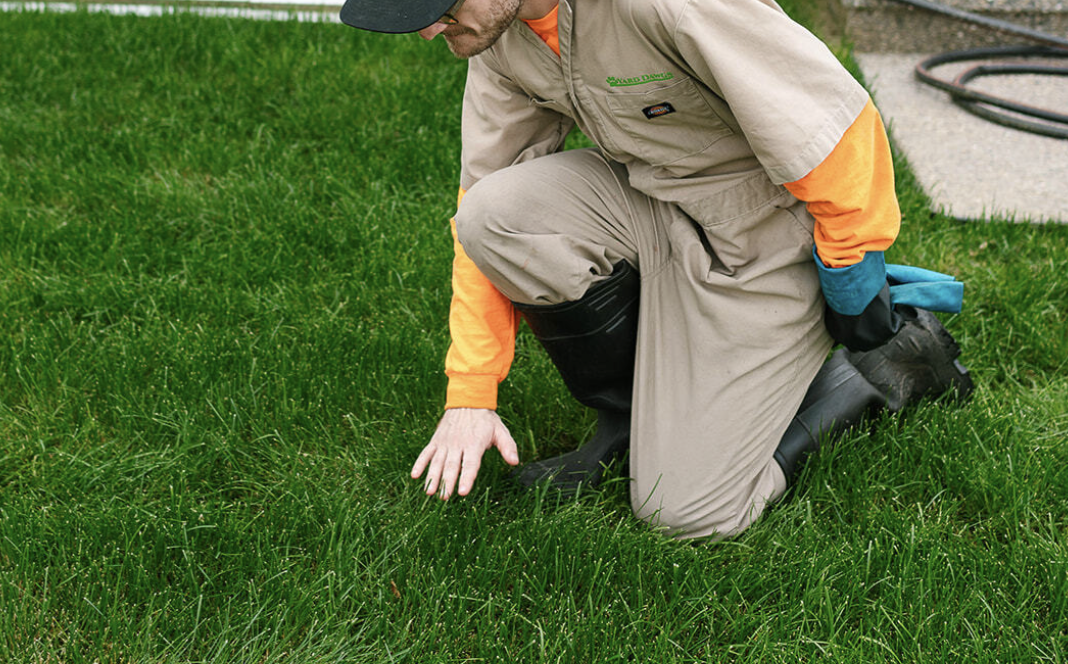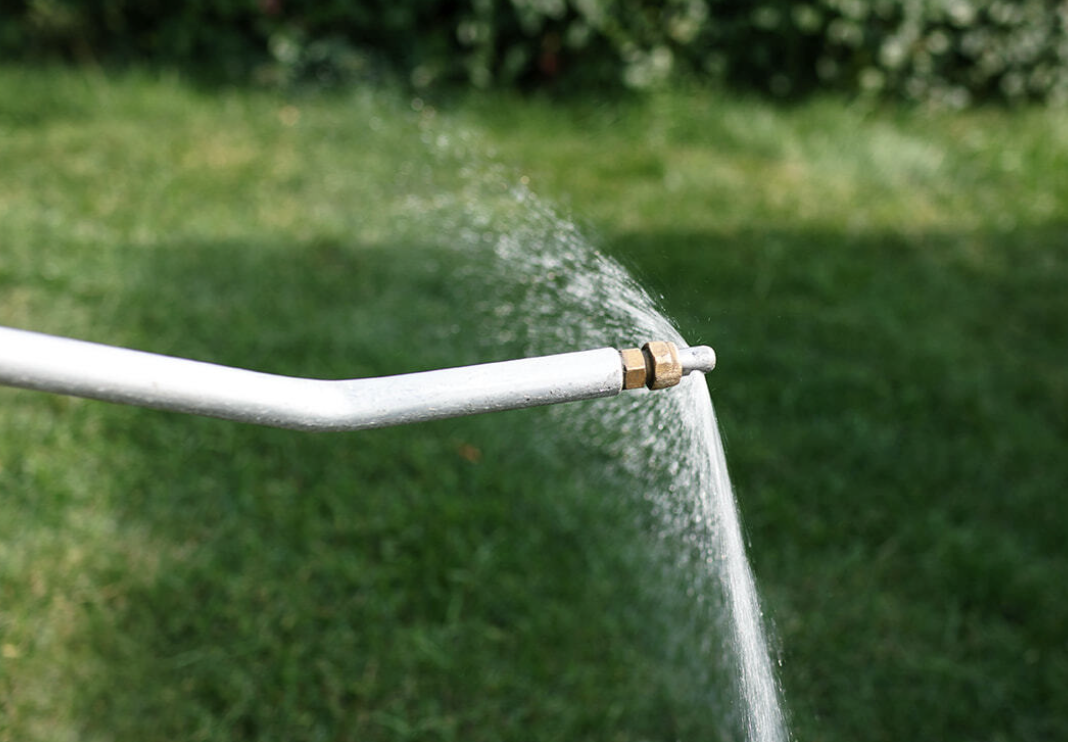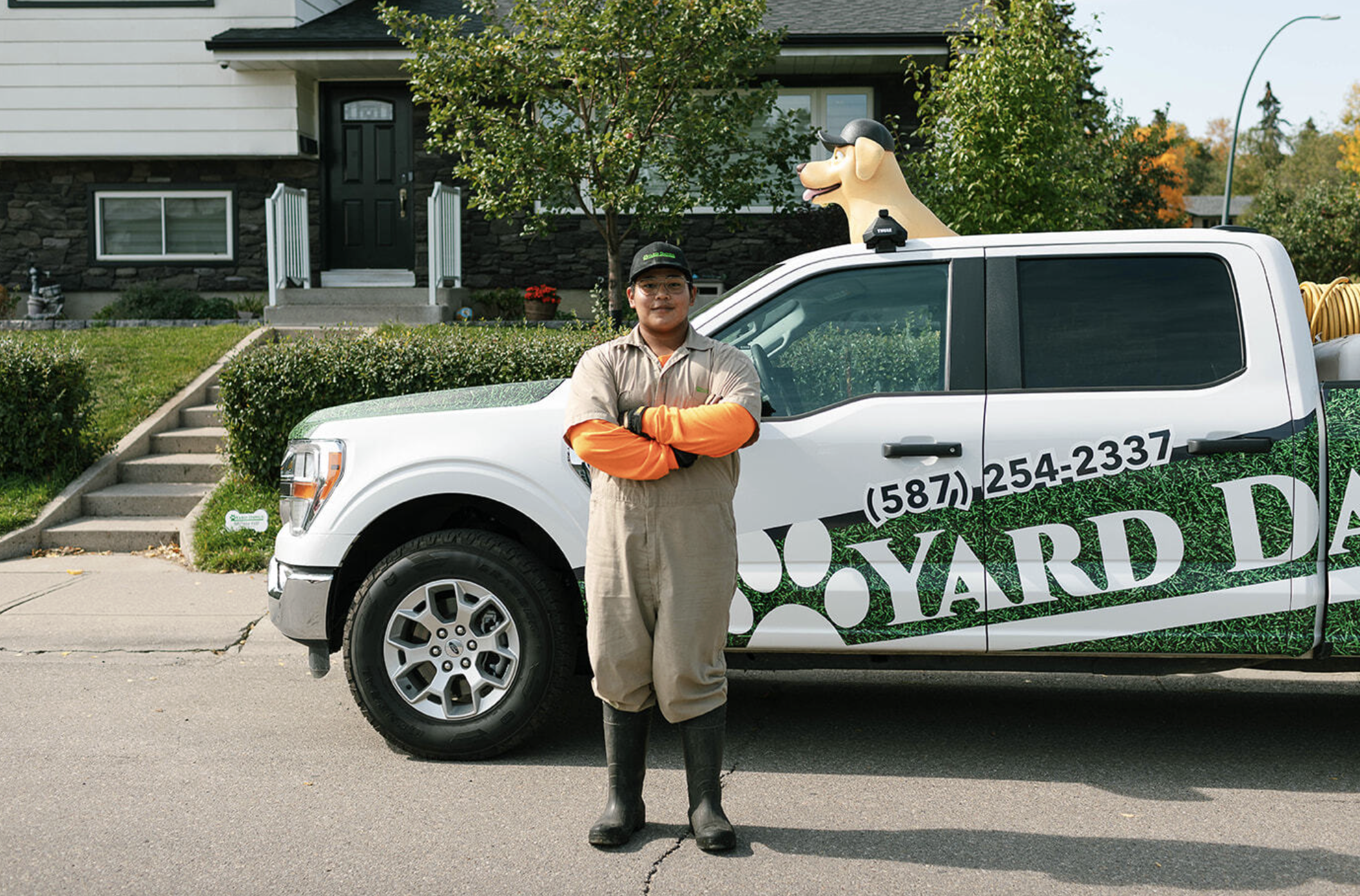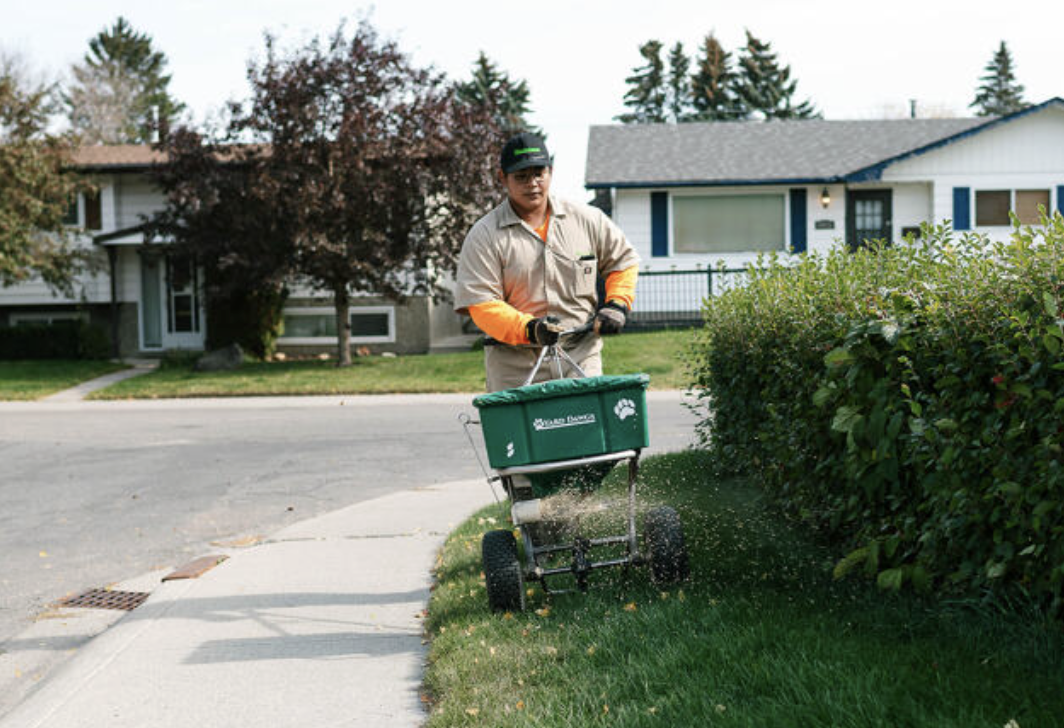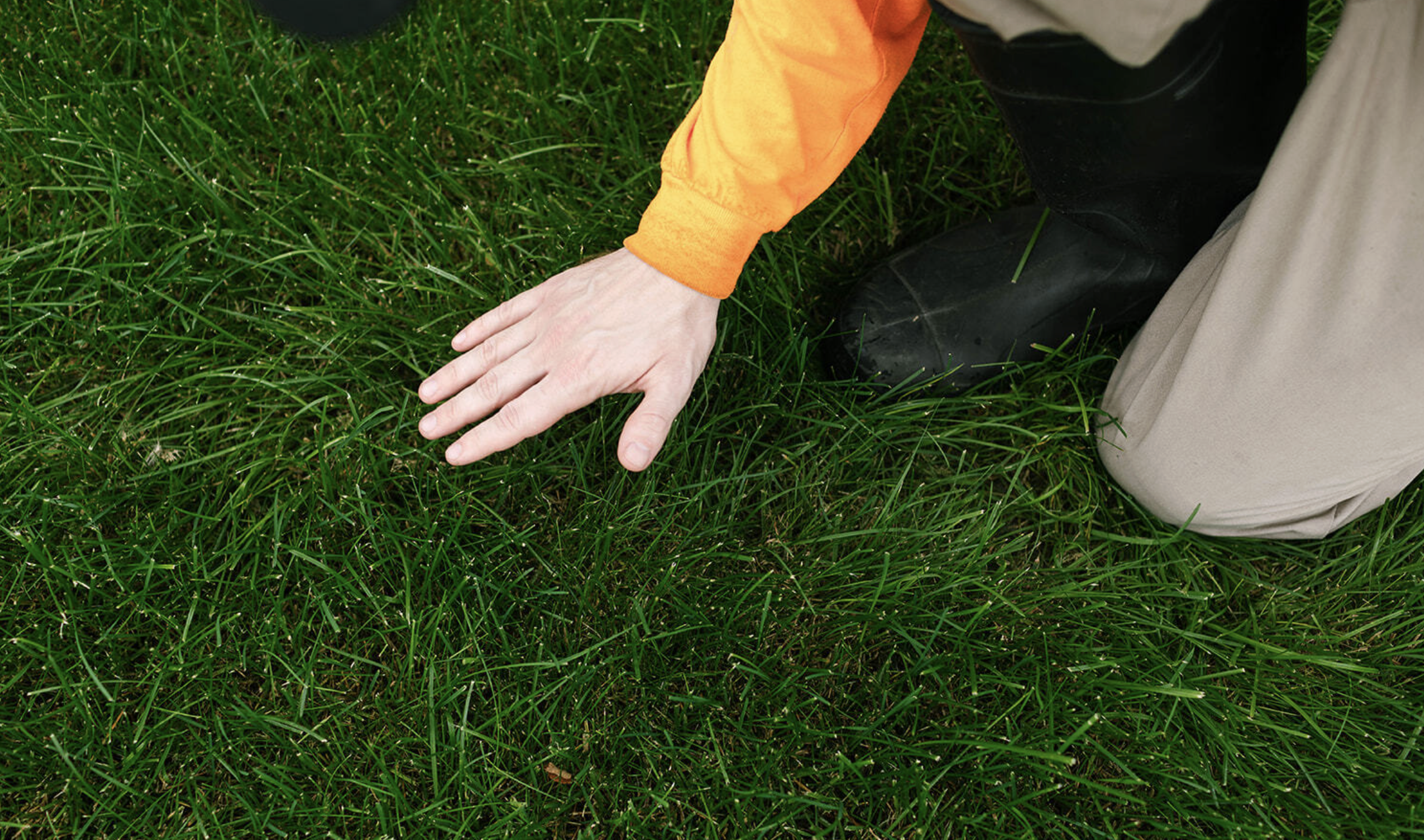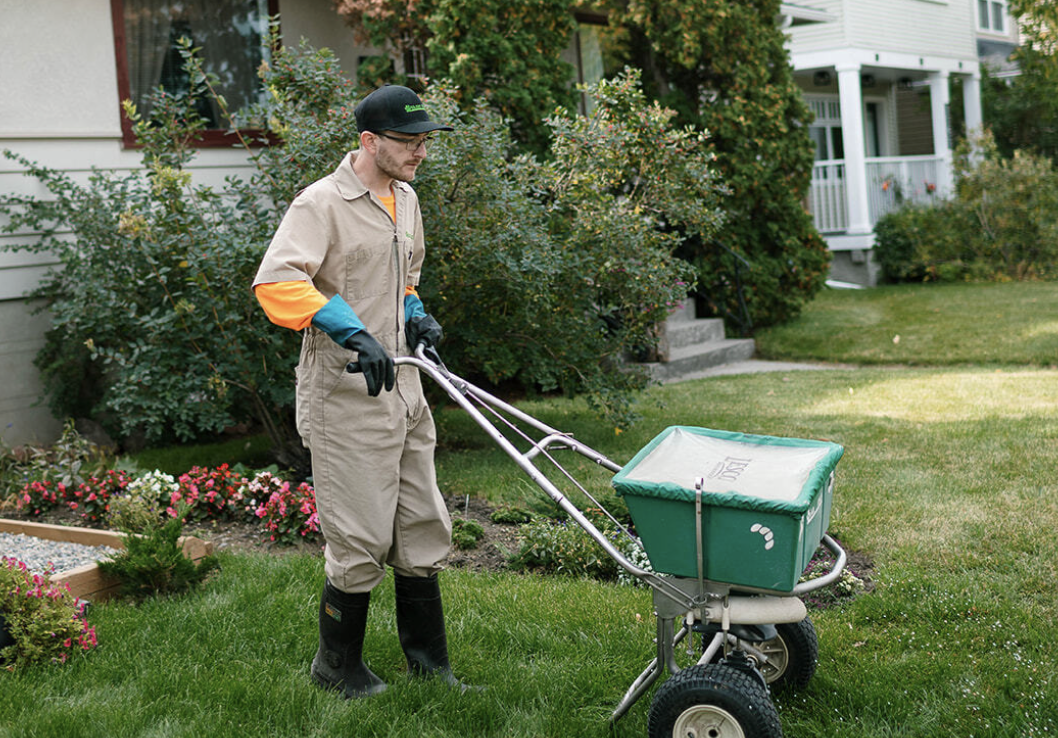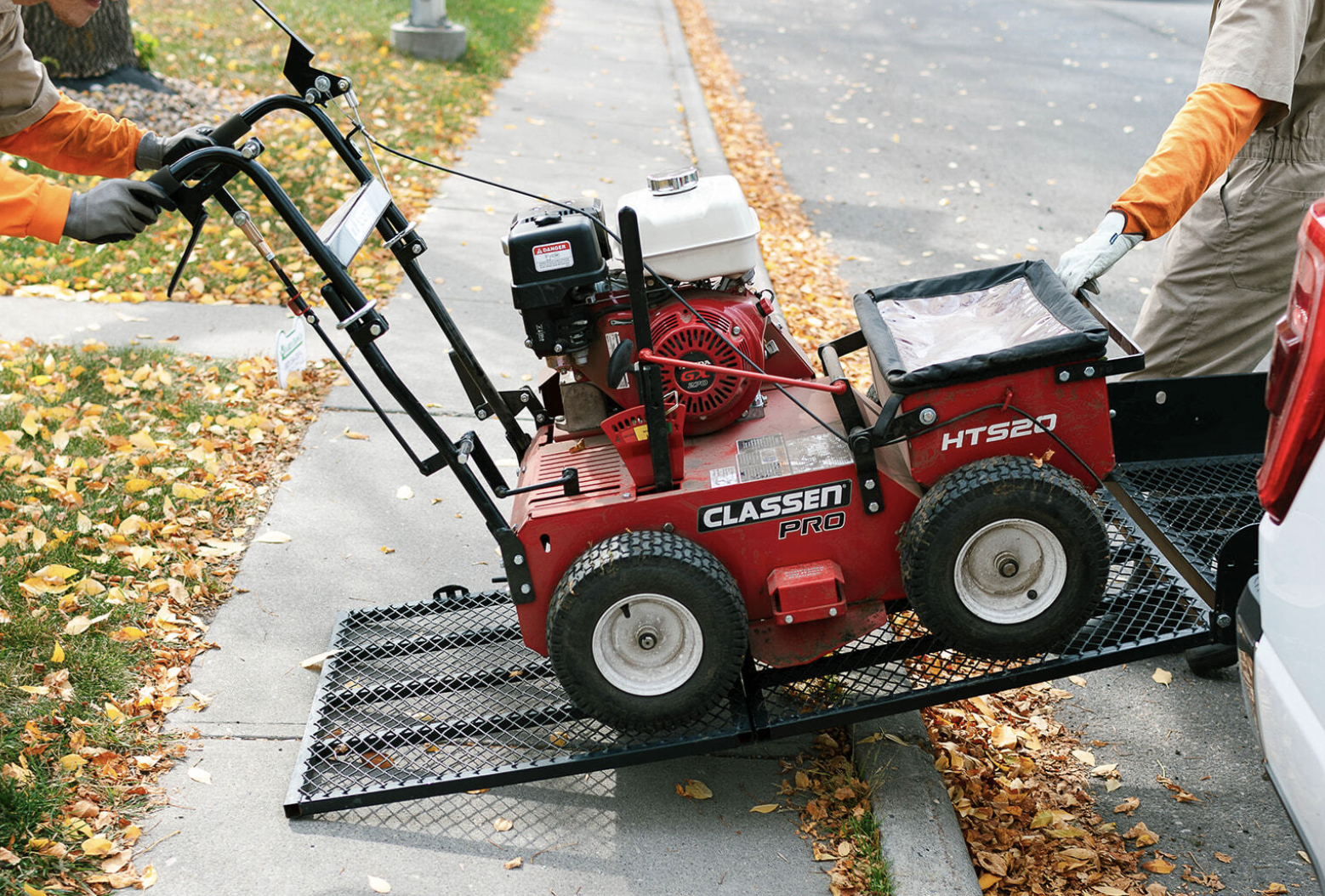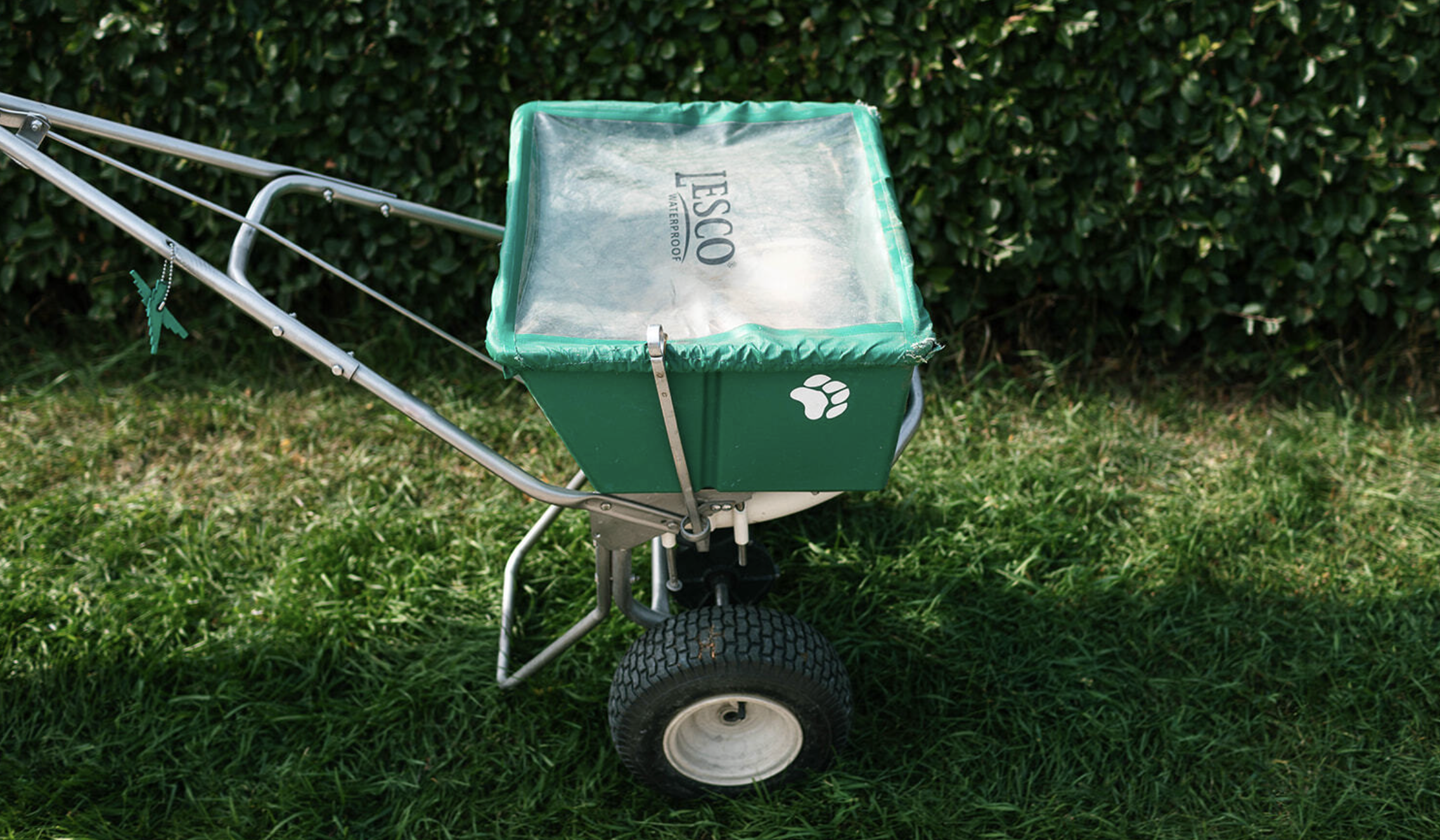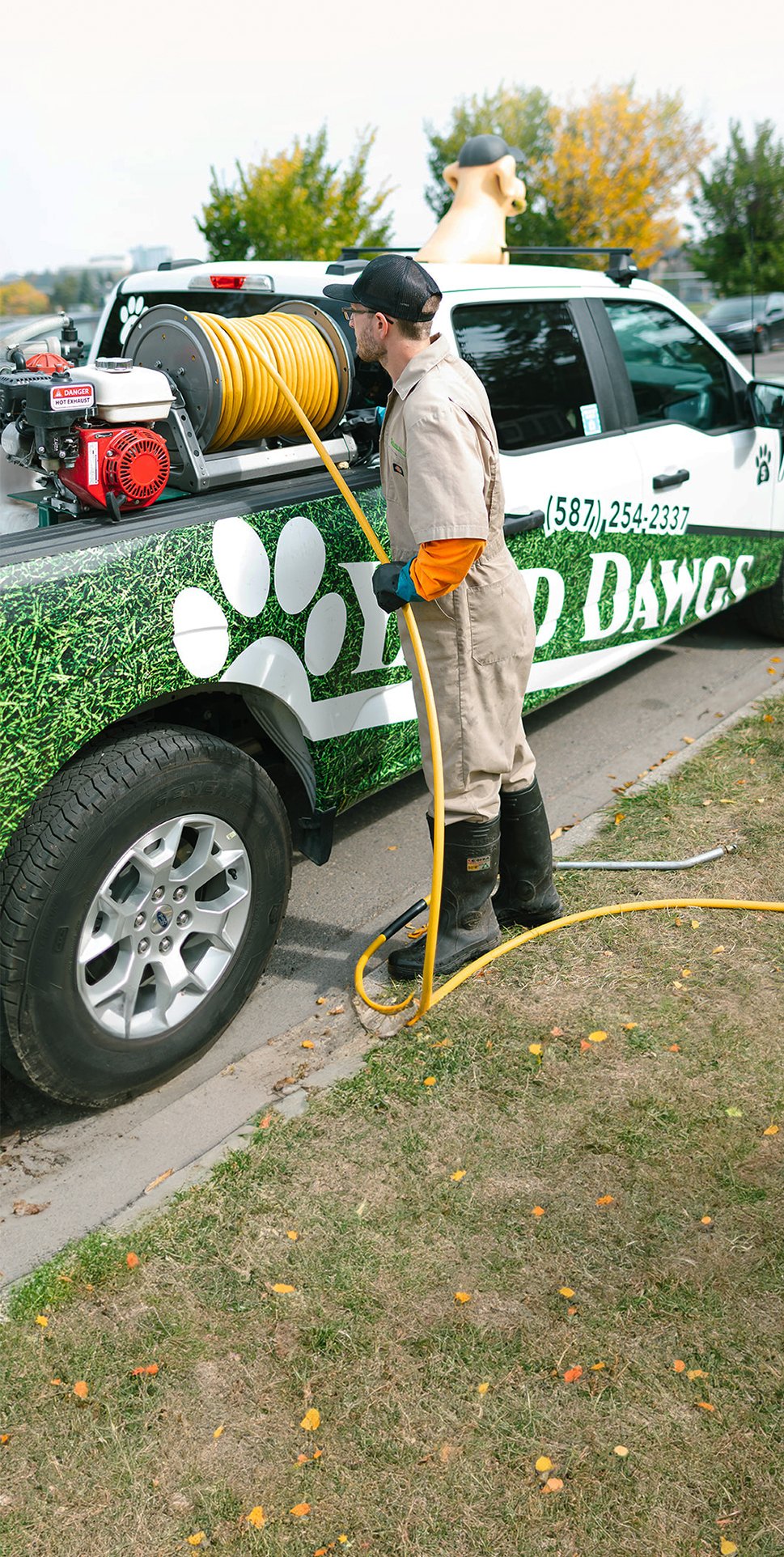Lawn diseases can quickly turn your vibrant-looking lawn into a patchy mess. However, it all can be prevented if you learn how to recognize the disease early on and deal with it on time.
In this guide, we'll explore how to spot the most common lawn diseases and offer effective treatment options before they have the chance to spread. So, let’s dive into it.

Importance of Spotting and Treating Common Lawn Disease on Time
Before diving further into the article, let’s understand the importance of spotting and treating common lawn diseases on time. The primary reasons include the following:
- Timely treatment prevents the spread of diseases to healthy areas of your lawn, ensuring minimal damage.
- Addressing issues early reduces the cost and effort required for extensive lawn restoration later.
- Maintaining a healthy lawn improves curb appeal and enhances the overall value of your property.
- Early intervention protects the lawn’s root system, promoting long-term health and resilience.
- Preventing disease ensures a lush, green lawn that is more resistant to pests and environmental stress.
Brown Patch
Brown patch is a fungal disease. Typically, it thrives in hot and humid conditions, affecting cool-season grasses like fescue, ryegrass, and bentgrass.
Common signs include circular brown patches or “tan grass” that might expand over time. The main causes behind brown patches include excessive nitrogen fertilization and prolonged leaf wetness.
Brown patches can be treated; for instance, you can:
- Improve drainage and reduce watering to prevent excess moisture.
- Mow the lawn at the recommended height to promote air circulation.
- Apply a fungicide labeled for brown patch control if the disease persists.
Dollar Spot
Dollar spot is another common lawn disease that creates small, silver-dollar-sizes spots on grass. It is quite common in nitrogen-deficient lawns. To identify dollar spot disease, look for small, straw-colored patches of grass with lesions on individual blades.
Other common causes of dollar spots, besides lack of nitrogen, include poor nutrition and dry soil conditions.
To effectively treat dollar spot, you should:
- Apply a balanced fertilizer to correct nitrogen deficiency.
- Water deeply but infrequently to maintain proper soil moisture.
- Use fungicides if the disease becomes severe or widespread.
Leaf Spot
Leaf spot oftentimes groups with meting out disease and mainly affects turfgrass. It looks like small spits on the leaves of the grass that are typically brown and sometimes can be reddish around the edges. It is caused by a pathogen that mostly affects lawns during heat seasons.
In order to treat leaf spots, you need to do the following:
- Aerate the lawn to improve soil drainage and reduce compaction.
- Reduce watering and avoid watering in the late evening.
- Apply a fungicide suitable for leaf spot control if needed.
Aeration, in fact, will help you cure and prevent many other types of lawn diseases. It helps to deliver necessary nutrients to the grassroots and prevent excessive weed growth and other problems that lead to fungus. The key is to do it right or find experts that provide professional aeration services.
Fairy Ring
Fairy ring is caused by Marasmius oreades, which is known as Fairy Ring Mushroom and grows around 12 inches under the ground. It causes rings of lush, dark green grass or dead grass in a circular pattern. It is relatively easy to identify due to its specific circular patterns.
Here’s how you should treat this lawn disease:
- Aerate and water deeply to disrupt the fungal activity.
- Remove and replace affected soil if the disease is severe.
- Apply a fungicide labeled for fairy ring control.
Necrotic Ring Spot
Primarily, necrotic rung spots affect cold-season turfgrass, including Fine Fescue and Kentucky Bluegrass. It creates circular patches of dead grass. Causes include poor soil health and drought stress.
In order to treat necrotic ring spots effectively, you need to do the following:
- Overseed with resistant grass varieties to restore the affected areas.
- Improve soil health by adding organic matter.
- Apply a fungicide specifically targeting the necrotic ring spot.
Red Thread
Red thread, otherwise known as pink patch, is a common lawn disease that can develop rapidly under the right conditions. The thing about this disease that makes it particularly dangerous is that it can occur overnight if the conditions are right. It causes reddish or pink threads to appear on grass blades.
Red thread oftentimes attacks your grass during warmer and humid seasons. Law lawn soils are especially prone to this disease and are nutrient-deficient or poorly drained.
Here is how you treat red threads on your lawn:
- Fertilize the lawn to correct nutrient deficiencies.
- Improve airflow by mowing and removing excess thatch.
- Use fungicides if the disease persists despite cultural controls.
Leaf Blight
Most commonly affecting turfgrasses such as Kentucky Bluegrass, Fescue, and Perennial Ryegrass, leaf blight is a fungal disease that damages grass blades. The main symptoms by which you can identify if this is the type of disease your lawn aces are water-soaked lesions on leaves that turn yellow or brown.
In order to treat lead blight, you can:
- Reduce lawn stress by maintaining proper mowing height.
- Water deeply but less frequently to encourage strong roots.
- Apply fungicides if symptoms worsen.
Melting Out
Melting out is a fungal disease that starts with leaf spots and progresses to thinning grass or bare patches. To identify this disease before it spreads and affects your whole lawn, look for small lesions on grass blades that spread and cause thinning. Dense turf and excessive moisture are two leading causes of melting-out fungal disease.
To deal with lawn melting out, make sure to:
- Aerate to improve airflow and reduce soil compaction.
- Reduce watering frequency to keep the turf dry.
- Use a fungicide labeled for melting out if cultural practices fail.
Slime Mold
Slime mold is a non-pathogenic organism that forms slimy patches on grass blades but does not kill the grass. To identify slime mold, look for slim, gray, or white patches on grass blades. Typically, it is caused by high humidity or damp weather conditions.
Slime mold can be treated if you do the following:
- Remove slime mold by brushing it off or mowing.
- Reduce moisture by improving drainage and watering less often.
- Aerate the soil to improve airflow.
Powdery Mildew
Powdery mildew is a fungal disease that typically forms a white, powdery coating on the grass. You can identify this disease by looking for white spots on grass blades, which can spread if you do not address it on time. The causes of powdery mildew mainly include poor airflow and shade.
In order to efficiently treat powdery mildew, you need to:
- Trim surrounding plants to allow more sunlight onto the lawn.
- Improve airflow by mowing and reducing thatch.
- Use fungicides specifically labeled for powdery mildew control.
Understanding Lawn Disease
Lawn disease refers to a range of fungal and bacterial infections that can damage your grass if left untreated. From brown patch to dollar spot, these issues thrive in specific conditions and can quickly spread across your lawn. Learning how to identify, treat, and prevent lawn disease is key to maintaining a lush, healthy yard all year round.
How to Get Rid of Lawn Disease
Getting rid of lawn disease starts with addressing the conditions that allow it to spread. Improve drainage and airflow, avoid overwatering, and mow at the proper height to reduce moisture on grass blades. In moderate to severe cases, applying a targeted fungicide may be necessary to control the infection. Long-term prevention depends on consistent lawn maintenance, including proper fertilization, aeration, and timely treatments designed to strengthen turf and reduce future outbreaks.
Lawn Disease Identification Chart
|
Disease / Issue |
Symptoms & What to Look For |
When / Conditions |
Quick Note |
|
Brown Patch |
Large circular or irregular brown/tan patches; often expanding rings |
Hot, humid weather; prolonged leaf wetness; over-fertilization with nitrogen. |
Water less, improve drainage & airflow; consider fungicide if persistent. |
|
Dollar Spot |
Small, round, straw-colored or light-tan spots (about “silver-dollar” size); lesions on individual blades; sometimes white webbing in dew/early morning. |
Warm, humid conditions; nitrogen-deficient or poorly nourished turf. |
Fertilize properly, maintain balanced moisture, treat early if spots multiply. |
|
Leaf Spot / Melting Out |
Small dark or brown spots on grass blades, sometimes with yellow halo or reddish edges; may merge leading to thinning or bare patches. |
Moist/humid spells, overwatering or poor drainage, low mowing height. |
Improve drainage, raise mowing height, avoid evening watering, apply fungicide if needed. |
|
Red Thread |
Grass blade tips or margins turn red or pinkish; patches may turn light tan; sometimes visible “threads” on leaves in cool, humid weather. |
Cool-to-warm, humid conditions; nutrient-deficient soil, especially low nitrogen. |
Apply balanced fertilizer, remove excess thatch, improve airflow, consider fungicide only if severe. |
|
Powdery Mildew |
White or grayish powdery coating on grass blades (especially in shaded, poorly ventilated lawns). |
Shade, poor air circulation, humid or damp conditions. |
Increase light & airflow (trim trees/shrubs), reduce shade, mow and dethatch, consider fungicide if needed. |
|
Fairy Ring |
Circular rings — either dark green rings of lush grass or rings of dead/brown grass; sometimes mushrooms appear along ring edge. |
Fungal growth in soil, often in dry weather or with poor soil drainage/compaction. |
Aerate soil, improve drainage, possibly remove/re-soil affected zone; fungicide for severe cases. |
|
Necrotic Ring Spot / Other Root-affecting Diseases |
Circular patches of dead or thinning grass, often appearing in spring or summer; turf may pull up easily. |
Cold-season turf, poor soil health, drought stress or compaction. |
Improve soil health (organic matter, proper watering), overseed with resistant varieties, apply targeted treatments if needed. |
What Is the Most Common Grass Disease?
The most common grass disease affecting home lawns is brown patch. This fungal disease thrives in warm, humid conditions and is especially common during summer. Brown patch typically appears when lawns are overwatered, overfertilized with nitrogen, or have poor airflow. While it doesn’t usually kill grass outright, it weakens turf significantly and allows weeds and pests to move in if left untreated.
What Does a Diseased Lawn Look Like?
A diseased lawn often shows irregular patches of discolored grass ranging from yellow to brown or gray. You may notice thinning turf, circular or ring-shaped patches, or grass blades with spots, lesions, or a slimy coating when conditions are wet. Unlike drought stress, affected areas do not respond to watering and can spread quickly, especially during warm, moisture-heavy weather.
Yard Dawgs Your Best Partner for Achieving a Healthy Lawn
If you are looking for professional lawn care services to achieve healthier-looking and vibrant lawns, then you are in the right place. Yard Dawgs offers expert lawn care services.
We will help you to spot diseases early on, cure them, and take measures to prevent further disease. Contact us to learn more about our offering and how we can tailor special solutions for you.


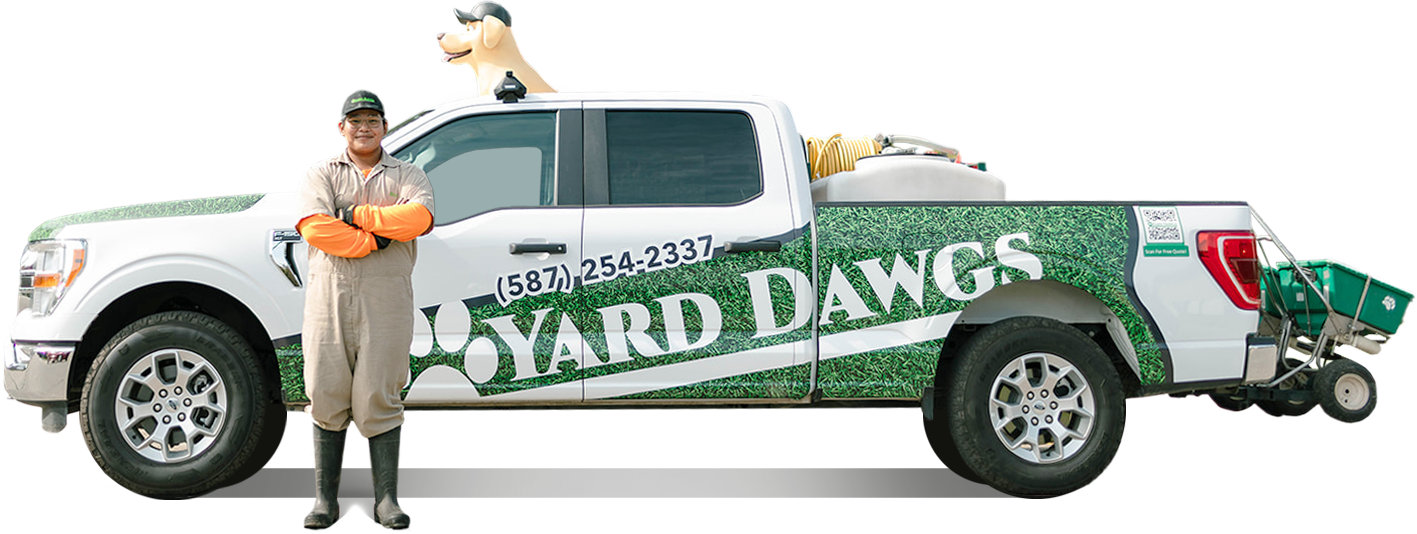


.png)
